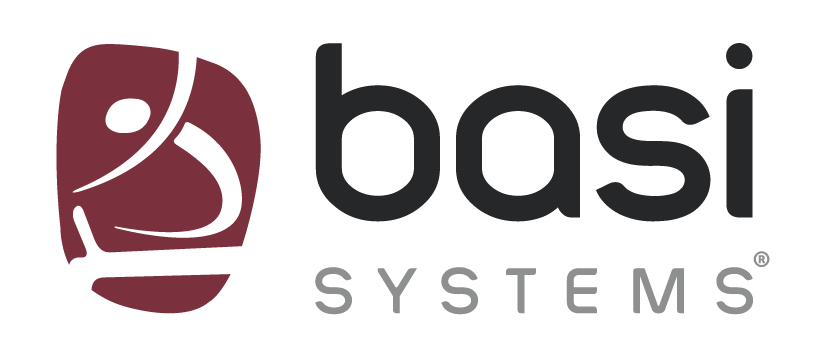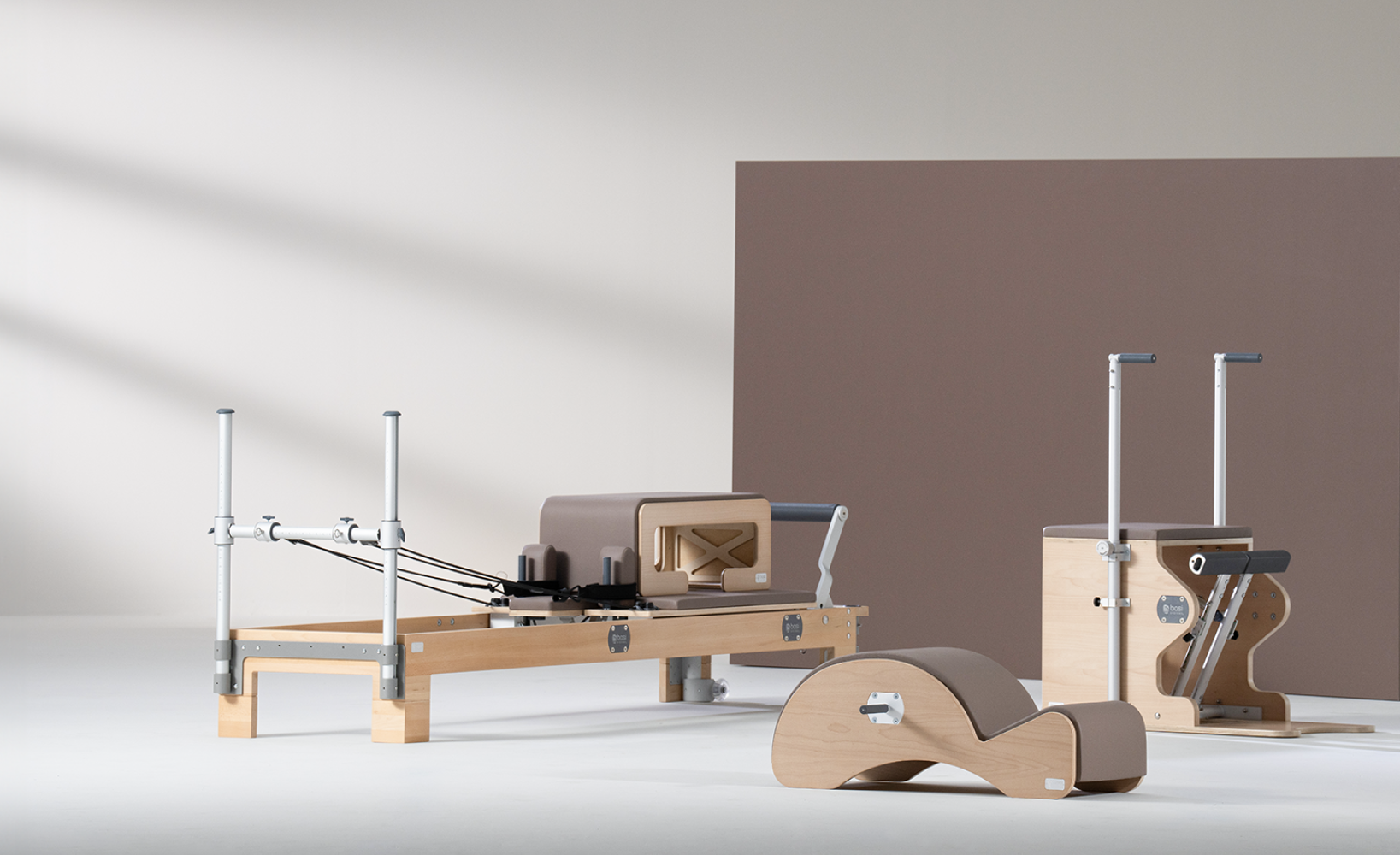Chronic back pain, long-term rehabilitation and injury recovery, and overall all muscle loss can be treated with a proper regimen of exercises. Pilates programs have recently become a preferred treatment option, recommended by chiropractors, doctors, and scientific researchers alike because of its uniquely wide range of benefits. It's a low-impact style of exercise designed to help people build core strength, regain flexibility and control over specific muscle groups, and reduce chronic pain. When used as a long-term rehabilitation method, Pilates can do far more than build muscle and strength—it can help you stabilize key muscles and enjoy a higher quality of life. Learn more about how you can access these benefits after an injury or with a chronic condition.
Unique Aspects of Long-Term Rehabilitation
There are many illnesses, injuries, and chronic conditions where a trip to the hospital or a short-term program of rehabilitation simply won't provide care and support. Common conditions and the unique challenges they present for patients' recovery include:
- Surgery: After immediate recovery, patients will still require physical rehabilitation and conditioning to help return to an active lifestyle. However, ongoing hospitalization or outpatient care may be out of reach.
- Musculoskeletal injuries: Deep musculoskeletal injuries such as broken legs or broken hips can require a long recovery time that leads to overall muscle deterioration and lingering pain.
- Arthritis: Progressive arthritis develops without sufficient movement and flexibility work, with most prescribed treatments simply reducing pain.
- Chronic back or neck pain: Lifestyle, lingering injuries, and spinal deformities can lead to chronic pain where surgery is not the answer. This can result in months of reduced movement, poor posture, and lifestyle decline.
- Sprains: Ankle, ligament, shoulder, and elbow sprains require careful flexibility and strength-rebuilding plans to support healing and function.
- Tendonitis: Even recurring short-term inflammation and injuries can significantly weaken muscles or reduce the quality of life without proper rehabilitation.
Long-term rehabilitation is a unique category of treatment programs designed to provide multiple weeks or months of support to help patients regain function. When short-term rehabilitation isn't enough, long-term rehabilitation services can help patients:
- Regain muscle control and function
- Learn secondary or alternative motions
- Develop a healthy lifestyle that can be implemented past the rehabilitation window
- Maintain core muscle strength
- Alleviate chronic pain and soreness
Adopting new lifestyle habits and movement routines is crucial in any long-term rehabilitation plan.
Why Pilates Is Great for Long-Term Rehab
Pilates is a unique methodology of exercise that increases flexibility and core strength. The core principles of Pilates that make it so beneficial for long-term rehabilitation are:
- Breathwork: Breathing exercises can help users feel rejuvenated and energized for bouts of exercise, help create calm focus after frustration or pain, and instil a sense of control.
- Body Awareness: Pilates helps users build the mind-body connection for different muscle groups. This is vital for retraining muscles, targeted strength-building sessions, and proper form that reduces chronic pain.
- Core Strength: Pilates prioritizes core strength because it leads to healthier movement, better balance, and a higher quality of life as we age. It can also reduce the risk of future injury and pain.
- Adaptability: Pilates can be customized to suit an individual's health and medical needs, doctor's requirements, and preferred lifestyle outcomes. Pilates is also readily accessible through home equipment, the rising popularity of local studios, and informational resources.
Pilates' Role in Building Stability, Enhancing Flexibility, and Developing Resilience
A foundational element of core strength is stability. Through Pilates exercises, practitioners can focus on their body's core and the major muscle groups that contribute to balance and overall strength. Many exercises also improve flexibility through progressive muscle extensions, flexibility routines, and low-impact exercises. As part of long-term rehabilitation, people and their doctors can modify the program as they build strength, develop greater resilience, and recover from injury.
Pilates also provides mental and emotional benefits. Patients can establish goals, build healthy lifestyle routines, and develop self-discipline that will help them maintain focus on their goals.
Pilates Equipment in Rehab
To maximize the benefits of Pilates in long-term rehabilitation, it's important to have the right equipment and exercises, both as a practitioner and as an instructor:
- Reformers: Reformers are machines with sliding beds for added resistance and increased complexity over time.
- Cadillac exercises: A Cadillac, or a trapeze table, is a frame and raised platform that sets the stage for stretching, resistance training, and body weight exercise.
- Adaptive equipment: In rehabilitation, your needs will change as you progress. Adaptive equipment can change alongside the modifications of your program over time.





Share:
Exploring the Versatility of the BASI Systems Reformer for Pilates Classes
BASI Systems CEO honored with Dual Awards at 2024 CEO Awards